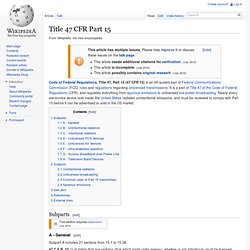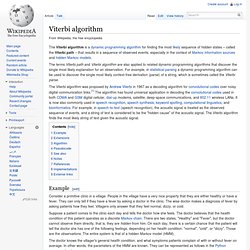

Pulse-amplitude modulation. Principle of PAM: (1) original signal, (2) PAM signal, (a) amplitude of signal, (b) time Pulse-amplitude modulation (PAM), is a form of signal modulation where the message information is encoded in the amplitude of a series of signal pulses.

It is an analog pulse modulation scheme in which the amplitudes of a train of carrier pulses are varied according to the sample value of the message signal. Demodulation is performed by detecting the amplitude level of the carrier at every symbol period. Types[edit] There are two types of pulse amplitude modulation: Single polarity PAM: In this a suitable fixed DC bias is added to the signal to ensure that all the pulses are positive.Double polarity PAM: In this the pulses are both positive and negative. Pulse-amplitude modulation is widely used in modulating signal transmission of digital data, with non-baseband applications having been largely replaced by pulse-code modulation, and, more recently, by pulse-position modulation.
Use in Ethernet[edit]
Title 47 CFR Part 15. Subparts[edit] A - General[edit] Subpart A includes 21 sections from 15.1 to 15.38. 47 C.F.R. 15.1b states that any radiator (that which emits radio energy), whether or not intentional, must be licensed unless it meets 47 CFR 15 or is otherwise exempted by the FCC. 47 C.F.R. 15.3 contains definitions. 47 C.F.R. 15.5 contains a general provision that devices may not cause interference and must accept interference from other sources. 47 C.F.R. 15.5d prohibits intentional damped wave transmissions, which were common before the 1920s but cut across large sections of frequencies. 47 C.F.R. 15.9 prohibits operating a device under Part 15 for the purpose of eavesdropping, except when under lawful authority of law enforcement or when all parties in a conversation consent.

B - Unintentional radiators[edit] Subpart B deals with unintentional radiators—devices for which the purpose is not to produce radio waves, but which do anyway, such as computers. C - Intentional radiators[edit] Subjects[edit]
Viterbi algorithm. The Viterbi algorithm is a dynamic programming algorithm for finding the most likely sequence of hidden states – called the Viterbi path – that results in a sequence of observed events, especially in the context of Markov information sources and hidden Markov models.

The terms Viterbi path and Viterbi algorithm are also applied to related dynamic programming algorithms that discover the single most likely explanation for an observation. For example, in statistical parsing a dynamic programming algorithm can be used to discover the single most likely context-free derivation (parse) of a string, which is sometimes called the Viterbi parse.
Example[edit] Consider a primitive clinic in a village. People in the village have a very nice property that they are either healthy or have a fever. Suppose a patient comes to the clinic each day and tells the doctor how she feels. Hidden Markov model. In simpler Markov models (like a Markov chain), the state is directly visible to the observer, and therefore the state transition probabilities are the only parameters.

In a hidden Markov model, the state is not directly visible, but output, dependent on the state, is visible. Each state has a probability distribution over the possible output tokens. Therefore the sequence of tokens generated by an HMM gives some information about the sequence of states. Note that the adjective 'hidden' refers to the state sequence through which the model passes, not to the parameters of the model; the model is still referred to as a 'hidden' Markov model even if these parameters are known exactly. Hidden Markov models are especially known for their application in temporal pattern recognition such as speech, handwriting, gesture recognition,[7] part-of-speech tagging, musical score following,[8] partial discharges[9] and bioinformatics.
Description in terms of urns[edit]